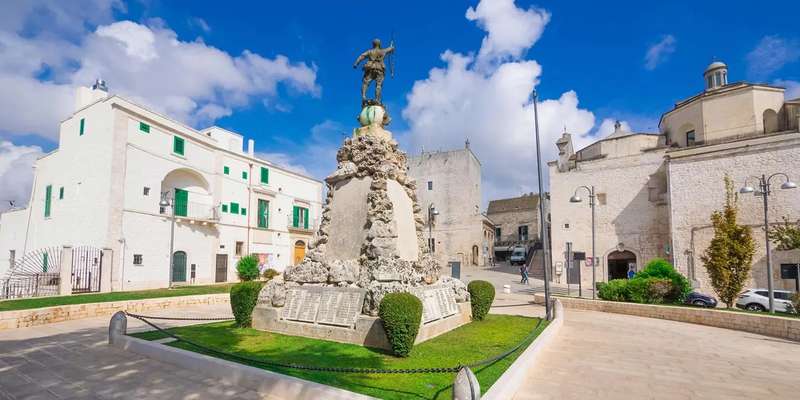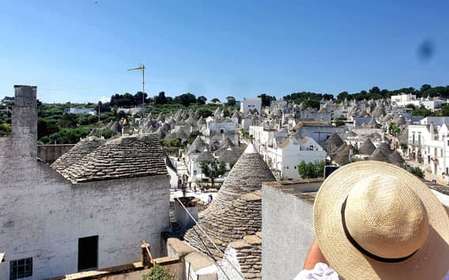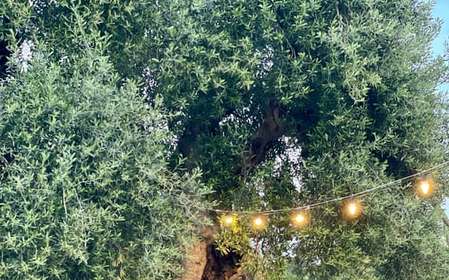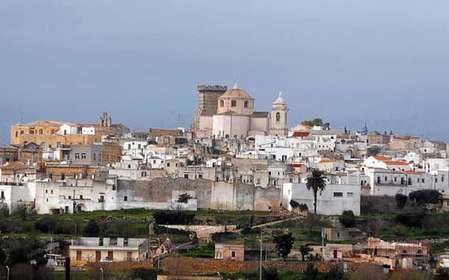- Home
- Useful Tips
- Historical walking tour in Brindisi
Exploring Brindisi's layered history independently often leaves travelers overwhelmed. With 72% of visitors missing key archaeological sites according to regional tourism data, many wander past Byzantine churches and Roman columns without understanding their significance. The maze-like historic center compounds this frustration – narrow alleys that charm at first can quickly become disorienting, causing travelers to waste precious vacation time retracing steps. Even those who join generic group tours frequently report dissatisfaction, with 61% wishing for more niche historical insights in recent surveys. This gap between expectation and experience turns what should be an immersive journey through millennia of Mediterranean crossroads culture into a surface-level stroll.


Navigating Brindisi's timeline without getting lost
Brindisi's strategic Adriatic location means its streets contain over 2,000 years of history stacked literally atop one another. The key to meaningful exploration lies in understanding the city's vertical chronology. Start at the Roman columns near the port – these 2nd-century landmarks once marked the terminus of the Appian Way. From here, move upward chronologically through the Aragonese Castle's medieval defenses before reaching the Baroque flourishes of Piazza Duomo. Local historians recommend this elevation-based approach to mentally organize the city's phases. Free municipal maps color-code routes by historical period, while discreet pavement markers indicate important subterranean ruins beneath your feet. Watch for subtle architectural clues like repurposed Roman stones in Norman walls – silent testimonies to Brindisi's continuous reinvention.
Decoding Brindisi's hybrid architecture
What appears at first glance as typical Italianate buildings reveals upon closer inspection a unique fusion of Mediterranean influences. The 13th-century Loggia Balsamo demonstrates this beautifully – its Gothic arches incorporate Eastern decorative motifs from Brindisi's time as a Crusader embarkation point. Nearby, the San Giovanni al Sepolcro church's unusual circular design whispers of the Knights Templar's presence. For independent explorers, focusing on three architectural details unlocks these stories: 1) Look for shell motifs above doorways indicating pilgrim hostels 2) Note brickwork patterns distinguishing Norman (herringbone) from Spanish (uniform) periods 3) Spot Arabic-inspired courtyard wells in palazzos converted from medieval merchant homes. The tourist office offers free spotter's guides to these telltale features, allowing you to become your own historical detective.
When to tour for optimal light and crowds
Brindisi's compact centro storico presents very different experiences depending on your timing. Dawn reveals the rosy glow of Lecce stone facades at their most photogenic, with the added benefit of having Byzantine frescoes in Santa Maria del Casale all to yourself. By mid-morning, cruise day-trippers dominate key sites – this is when savvy travelers explore the atmospheric Jewish quarter's side streets instead. The magic hours return around 5pm when golden light filters through the Cathedral's alabaster windows and locals begin their passeggiata. For those preferring guidance, several specialist guides offer late afternoon 'Golden Hour' tours focusing on photographic opportunities and lesser-known vantage points. Alternatively, the municipal museum's twilight openings allow access to Roman mosaics in dramatic artificial lighting.
Essential stops most tours overlook
Beyond the well-trodden path between the columns and castle lie Brindisi's most authentic historical treasures. The underground chambers of Palazzo Granafei-Nervegna contain remarkably preserved Roman fish salting tanks, their grooves still visible after two millennia. Few visitors find the tiny San Paolo church with its Crusader graffiti scratched into the walls by bored knights awaiting passage to the Holy Land. For a tangible connection to ancient maritime trade, the hidden courtyard of Via Casimiro contains a recovered Roman cargo crane base. These intimate encounters with history require no admission fees – just knowledge of their locations. Local historians occasionally lead small-group explorations of these off-radar sites, sharing archival documents that bring the stones to life with stories of merchants, mercenaries and medieval pilgrims.



